Tiger pleco - Peckoltia vittata
Scientific name: Peckoltia vittata
Common name: Tiger pleco
Family: Loricariidae
Usual size in fish tanks: 10 - 14 cm (3.94 - 5.51 inch)
014
Recommended pH range: 6 - 7.2
Recommended water hardness: 3 - 12°N (53.57 - 214.29ppm)
0°C 32°F30°C 86°F
Recommended temperature range: 24 - 28 °C (75.2 - 82.4°F)
The way how these fish reproduce: Spawning
Where the species comes from: South America
Temperament to its own species: peaceful
Temperament toward other fish species: peaceful
Usual place in the tank: Bottom levels
General Information
Peckoltia vittata (L015)—sold as the Tiger Pleco or Candy-Stripe Pleco—is a small loricariid from the lower Amazon tributaries of northern Brazil (often cited from the Xingu/Tapajós region). The common names are loosely used in the trade, and multiple species wear the “tiger/candy” labels, so misidentification is common. Adults typically reach 10–12 cm (occasionally ~14 cm). Peaceful toward other species but may spar with conspecific males over caves.
Food & Feeding
Peckoltia are omnivores with a protein bias rather than dedicated algae-eaters. Offer sinking carnivore/omnivore wafers or pellets as a staple and rotate frozen/live items (baby brine shrimp, mysis, finely chopped bloodworms/krill). Include some spirulina or vegetable wafers and blanched greens as a minor component. Feed after lights-down so food reaches them; avoid persistent leftovers that foul the substrate.
Sexing
Males tend to develop more odontodes (bristles) on the cheeks/pectoral area and show a broader head; females are fuller-bodied when viewed from above. Clear differences show best in mature groups.
Breeding
Cave spawner with male parental care. Provide several tight caves (ceramic/slate/wood crevices). The male guards, fans and cleans the clutch; the female is typically excluded post-spawn. Incubation is temperature-dependent (~4–7 days); fry remain in the cave until yolk sacs are absorbed, then accept microworms and newly hatched brine shrimp. Stable, clean water with high oxygenation is key.
Lifespan
Commonly 8–10 years with good husbandry; slower growth and longevity are normal for smaller loricariids.
Tank Requirements & Water Parameters
- Tank size: footprint ≥ 75–90 cm (30–36″). Provide multiple caves—ideally one per fish plus spares.
- Temperature: 24–28 °C (75–82 °F) for best activity (within your database range).
- pH: 6.0–7.2; hardness: ~3–12 °dH. Stability matters more than the exact number.
- Environment: fine sand or smooth rounded gravel, wood and stones forming narrow crevices; moderate flow & strong oxygenation (spray bar/powerhead).
- Maintenance: weekly water changes (25–35%) and regular filter service; keep nitrate low.
Compatibility & Tank Mates
Generally peaceful bottom dweller that coexists well with calm tetras/rasboras, dwarf rainbows, and small corydoras. Avoid housing with aggressive bottom competitors or much larger plecos that might outcompete them for caves.
Behaviour & Usual Place in the Tank
Crepuscular/nocturnal; spends daylight in bottom-level cover and emerges to graze surfaces after dark. Provide several narrow caves to reduce male–male disputes.
Short Description
Peckoltia vittata (L015) is a compact, striped pleco from northern Brazil. Keep it warm, clean, and well-oxygenated with plenty of tight caves, feed a protein-leaning varied diet, and expect peaceful behavior toward non-bottom neighbors. Note: the “Tiger/Candy-Stripe Pleco” name is used for different species—verify ID if you are breeding or labeling stock.
Pictures
Bought by aqua-fish.net from jjphoto.dk.



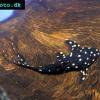 Adonis
Adonis  Lyre
Lyre 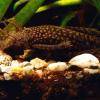 Bristlenose
Bristlenose  Gold
Gold 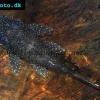 Bushymouth
Bushymouth  Spotted
Spotted  Medusa
Medusa 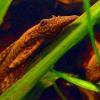 Bristlenose
Bristlenose 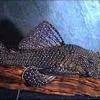 Starlight
Starlight  Spotted
Spotted  Catfish
Catfish  Bushynose
Bushynose 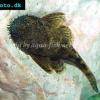 Bristlenose
Bristlenose  Green
Green 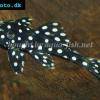 LDA-33
LDA-33 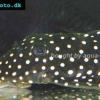 Snowflake
Snowflake 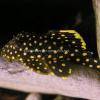 Gold
Gold 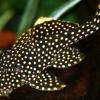 Gold
Gold 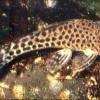 Bulldog
Bulldog  Dasyloricaria
Dasyloricaria 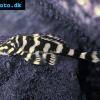 Butterfly
Butterfly 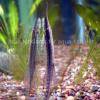 Whiptail
Whiptail 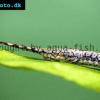 Amazon
Amazon  Twig
Twig 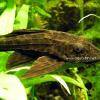 Spotted
Spotted 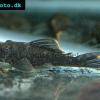 Spotted
Spotted 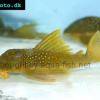 Lemon
Lemon 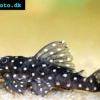 Pleco
Pleco  Peruvian
Peruvian 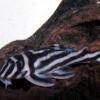 Zebra
Zebra  Pleco
Pleco 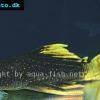 Hypostomus
Hypostomus 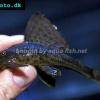 Pleco
Pleco  Suckermouth
Suckermouth  Spotted
Spotted  Woodeating
Woodeating 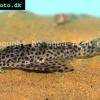 Golden
Golden  Sultan
Sultan  Multiradiatus
Multiradiatus 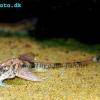 Marbled
Marbled 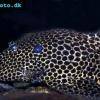 Pleco
Pleco 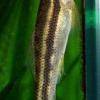 Dwarf
Dwarf  Dwarf
Dwarf  Dwarf
Dwarf  Oxyropsis
Oxyropsis 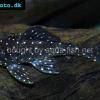 Orange
Orange  Blue
Blue 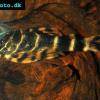 Clown
Clown 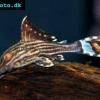 Royal
Royal  Blue
Blue 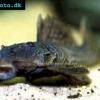 Rubber
Rubber  Goby
Goby 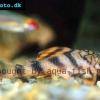 Wormline
Wormline  Para
Para 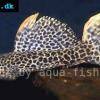 Leopard
Leopard 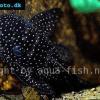 Spiny
Spiny  Marbled
Marbled 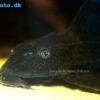 Amazon
Amazon  Common
Common  Sunshine
Sunshine 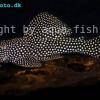 Golden
Golden